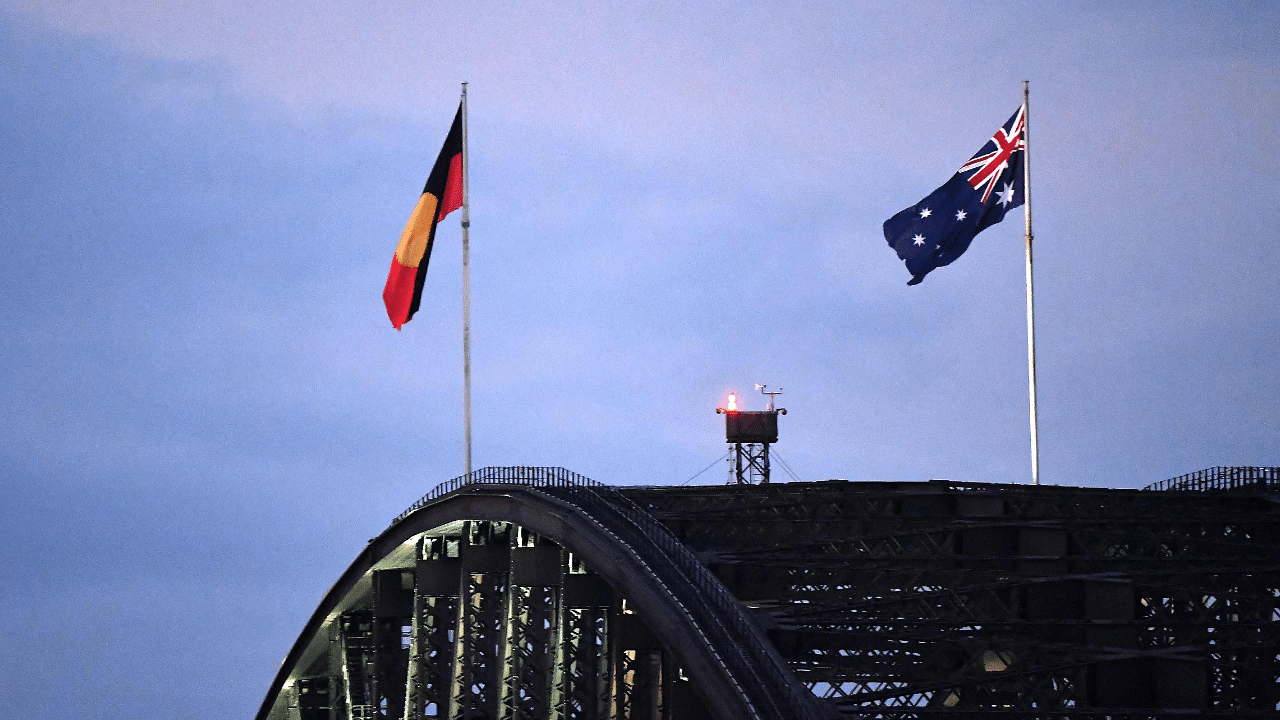
Australia's black, red and yellow Aboriginal flag began flying permanently above Sydney's Harbour Bridge Monday, a symbolic victory for indigenous communities after a years-long fight.
Over 177,000 people signed an online petition asking for the flag to be flown 365 days a year over the famed 1,149-metre (3,770-foot) long coathanger-shaped hunk of steel.
"Seeing the flag fly represents equality, respect and sets the precedence for how Australia needs to unite as an equal nation," said campaigner Cheree Toka.
Until now, the bridge had been festooned with the Australian and New South Wales state flags.
Local authorities agreed to erect a third flagpole, but said the project would cost US$17 million and take years to complete.
After a public outcry, that proposal was scrapped and the Aboriginal flag will fly instead of the New South Wales flag.
Indigenous Australians have inhabited the land for an estimated 65,000 years.
The arrival of British settlers in 1788 signalled the start of two centuries of disentitlement and discrimination.
The persecution of Indigenous peoples has been braided into Australia's history, beginning with the decimation of the population after colonisation and continuing through policies such as the forced removal of children.
But there are some signs of increasing pride in Aboriginal identity and of Australian society becoming more tolerant.
Australia's 2021 census showed the number of people identifying as Aboriginal or Torres Strait Islanders grew by 25 percent since the last count five years earlier -- reaching 812,728 people in a population of almost 26 million.